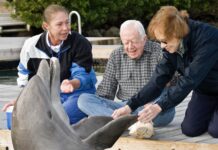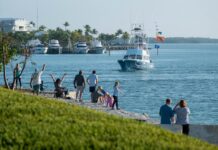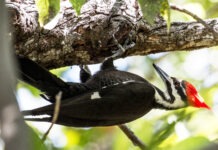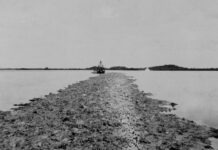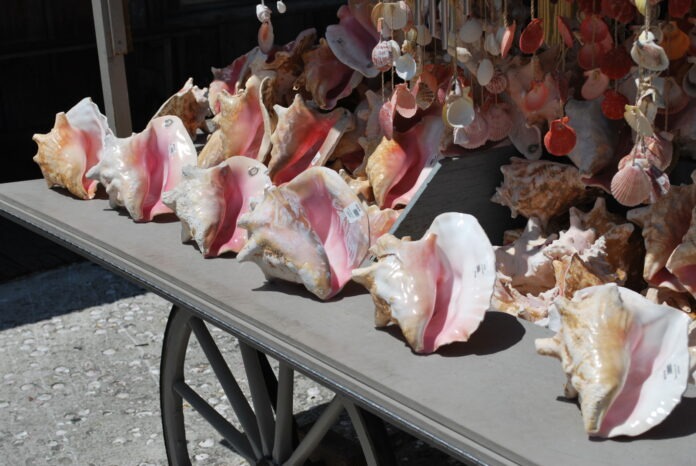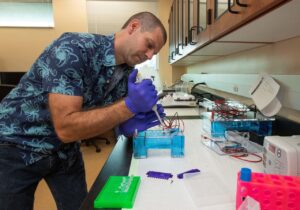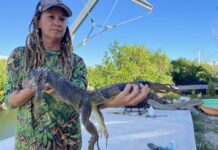The only way I could have arrived in Florida the way I did and accomplished what I have so far is blind faith. The thing about trusting something, a feeling, is that you can’t know the direction it might lead. For those who believe, faith, blind or otherwise, goes where it has to go, and you trust that if there is worse, it is for the better.
Most of the time, I just put my one foot in front of the other and move forward. However, when it comes time for the birthday clock to ring, I tend to become reflective and question things. I don’t usually think about getting older and where I am in my life versus where I think I should be. Birthdays are historically tricky and dredge up ideas that do not usually grow in the fields I tend to cultivate. That kind of thinking generally produces a particular type of fertilizer, which I find no benefit in spreading.
Through my 30s and 40s, it seemed like I was taking my birthdays in stride. As the numbers have grown, I have stumbled a bit at the annual June marker. More and more, this time of year, I get pensive, which influences my work and is at least one of the reasons I have been inserting more of myself into the column. It does not help that I started writing about the chain of events that brought me to Florida, landed me on Captiva Island, and led me to the Florida Keys for my new Patreon page. On that platform, I share history, sneak peeks into future projects, write about my trek to South Florida, and my as-yet-unfinished novel, “Wrestling Alligators.”
I’ll be 60 this time next year, and I hope that there is no tripping when it happens. I am certain that the 60s will be a banner decade, and if not, on my 70th birthday, I will have a banner made that says something like “Sayonara 60s.” In the meantime, there is still some last-minute business to take care of before blowing out the ceremonious candle marking the end of my 50s (11 months, one week, and counting).
A great deal can happen in a year. The evidence has been mounting since I left Southern California in 1989 and landed in the Sunshine State. Putting one foot in front of the other and trusting I was headed in the right direction has been a faithful act. Looking back, I have a solid track record of forward progress. As they always do, even the blips have provided excellent learning experiences and only one or two regrets.
Leaving everything I knew and coming to Florida with nothing was a giant leap. Hitchhiking out to Captiva Island was a big leap. Borrowing a little extra on my student loans and moving to Plantation Key after graduating from the University of Miami was a leap. Marrying Michelle was a no-brainer, as was buying our little house when the market crashed.
The trip has led to some interesting destinations, and all these decades later, I still feel like I’m just getting started.
It is time to shake off the birthday blues and see what attractions are waiting to pop up a little farther down the line. Unfortunately, my birthday coincides with the opening week of hurricane season, so other things come to mind at this time of year, too. One of the things I was not expecting to learn about was the idea of hurricane ham.
Because of my affinity for local history, I am not infrequently contacted regarding questions about historical topics via email, phone calls, texts and direct messages through social media platforms. Recently, I was asked to review a novel set in the Keys in general and Indian Key in particular. While reading the story, I came across the term “hurricane ham,” which I did not recognize. I ignored the phrase the first time I read it. The second time the writer mentioned it, my eyebrows furrowed. Just because I had never heard of it didn’t mean it wasn’t a real thing, right?
Hurricane ham was once part of hurricane preparedness in the islands, at least in the Bahamas. Hurricane ham is cured conch. To prepare for hurricane season, Bahamians (and Conchs?) would gather a bunch of conchs, remove their shells, tenderize the snails, soak them in salt water and let them dry in the sun for two or three weeks. Should a storm develop and island residents become unable to gather fresh food, they had salted, dried conch to chew on.
While I could not find any references to the term relating to the Keys, I am hoping that after reading this, the old conchs will reach out, share their hurricane ham stories and set me straight. Also, to answer the lingering question, it is called hurricane ham because they say the conch turns pink when it is cured.


